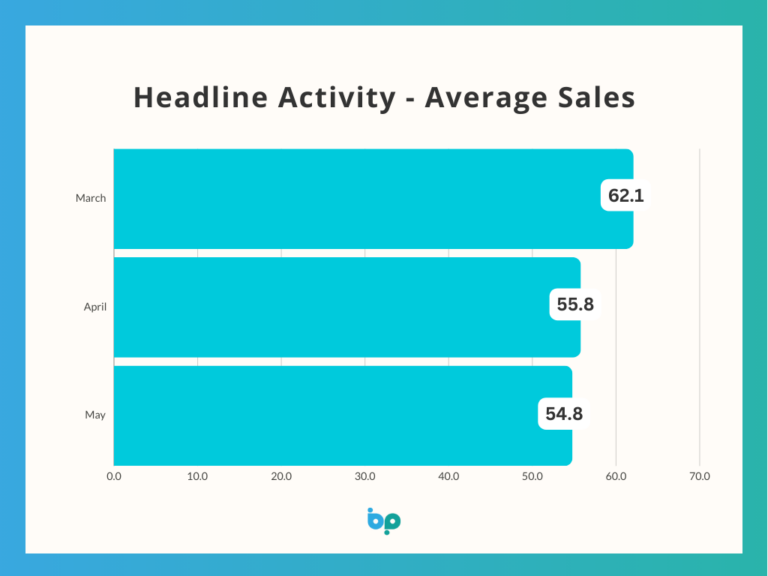
At a headline level, the average number of sales made by retail companies has fallen for the second consecutive month – down 1.8% to 54.8 in May 2024 when compared to April 2024.
This lacklustre performance is compounded by a drop in leads – down 3.8% to 111.5 in May 2024 when compared to the previous month.
These have been offset by a climbing average order value (up 10.2% to £3,871 in May, when compared to April) and a strong conversion rate (up 1.7% to 42.4% in the same period).
This supports the discussions many of us are having in the industry, which is that the volume market is quiet, and those who are buying windows and doors are choosing either whole house refurbishments, or higher value products (or both), and more people are serious about buying when they make enquiries.
Retail companies are also working hard to convert leads when they cross their desks.
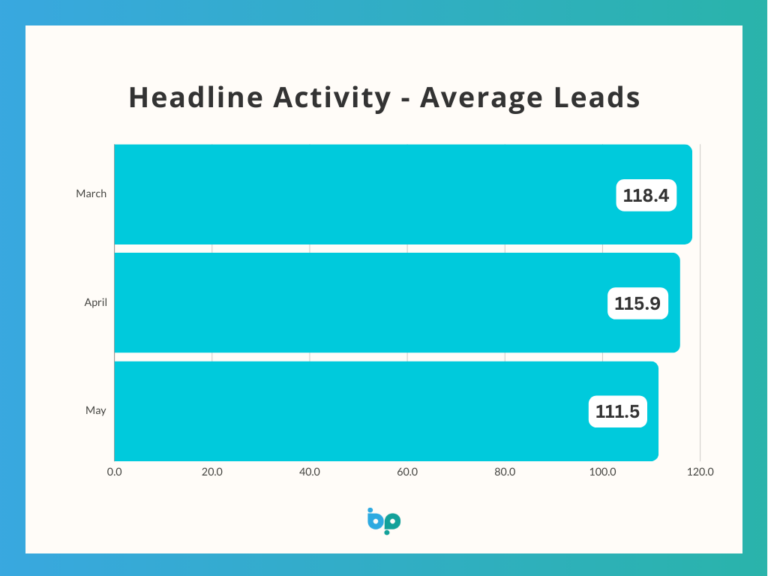
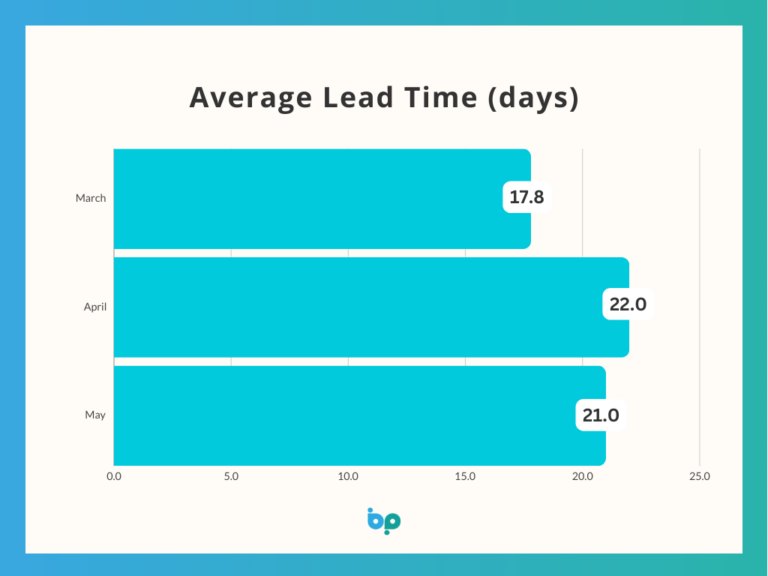
Should we expect anything different?
We are still a month out from a general election, and borrowing remains stubbornly high.
It will be interesting to see if there is any movement on these statistics in two months’ time.
A bit of perspective is required when viewing the Business Pilot figures, because it is easy to use them to support your current view of the market.
Because we know that homeowner confidence is down, and that access to money is expensive, then it is difficult to see beyond a falling trajectory.
But if we step back a bit, we would see that in May both average sales (54.8) and average leads (111.5) were above the rolling 12-month average (which were 52.3 and 107 respectively).
In other words, the market hasn’t suddenly taken a tumble, and – despite strong headwinds – opportunities are still available.
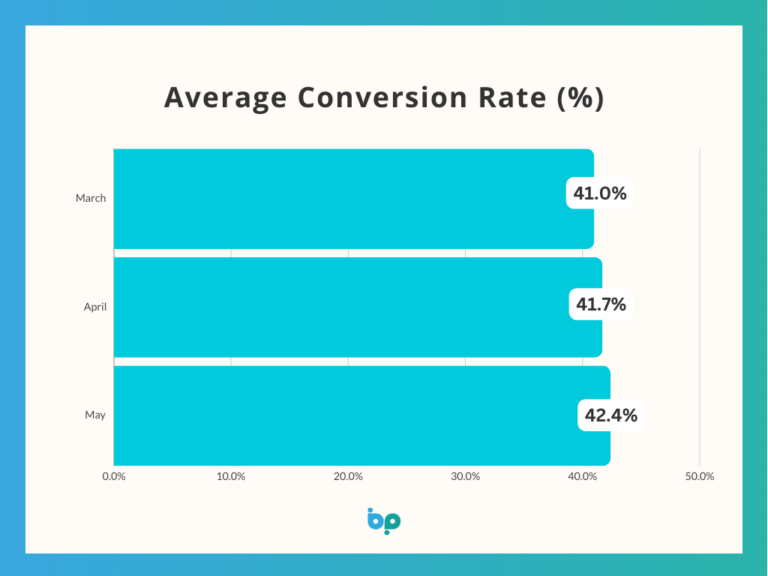
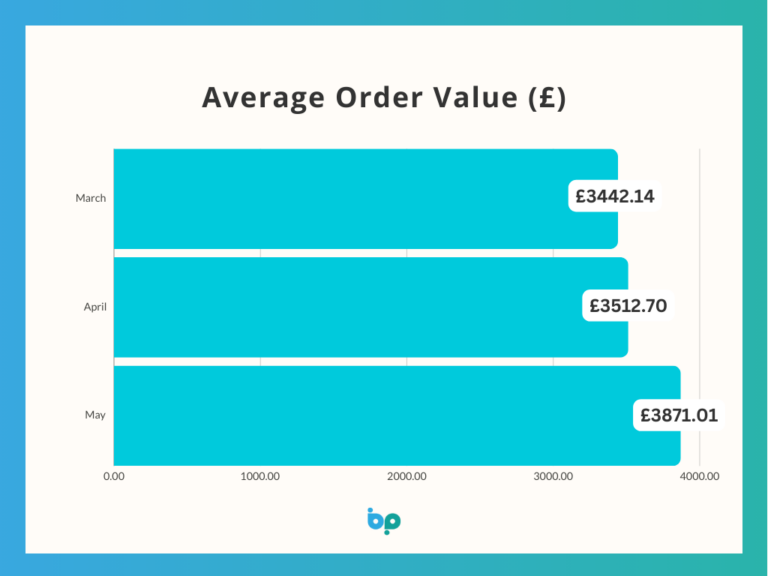
Instead of using market data to support preconceptions, it is best used combined with your own company data to help you make more informed decisions.
Monitoring your own sales conversion rates will give insight into the effectiveness of your sales team and their processes.
And keeping track of your most popular product lines and active sales areas means marketing can be optimised so that you don’t waste money on a scatter gun approach.
With this in mind, it will be interesting to see how the second half of the year plays out.
If you are using the data correctly, then you will be positioning your business for when the confidence does return, so that every opportunity is maximised.

